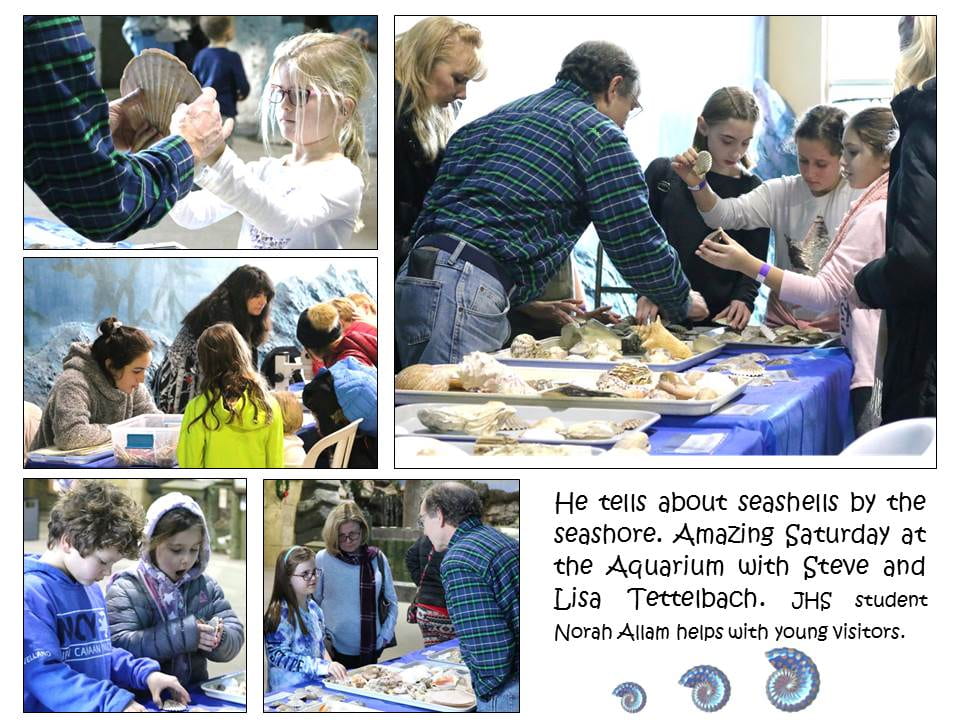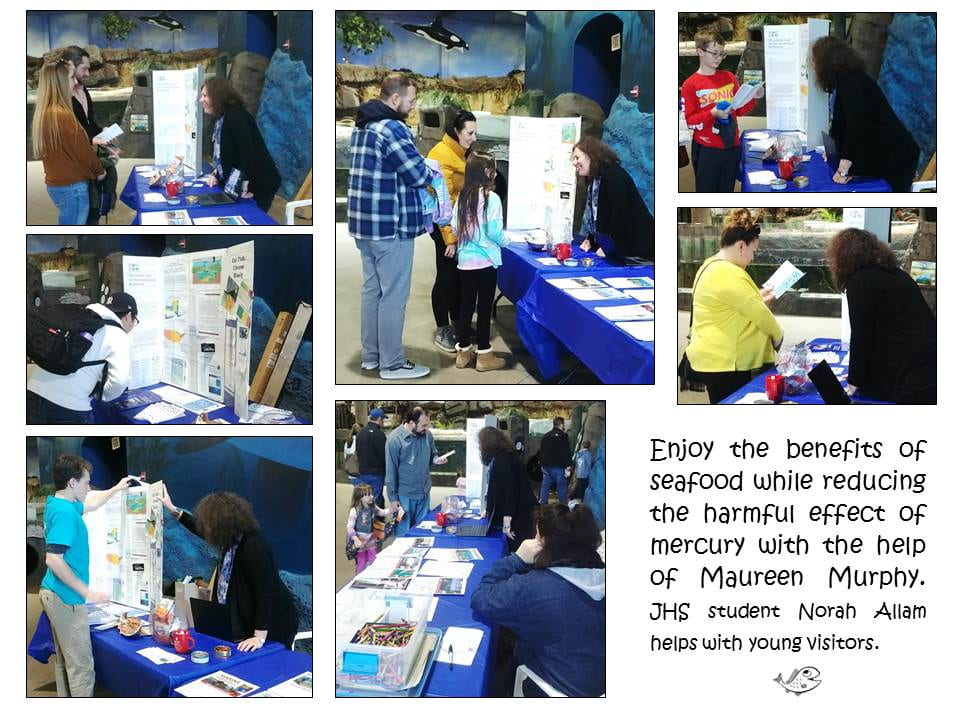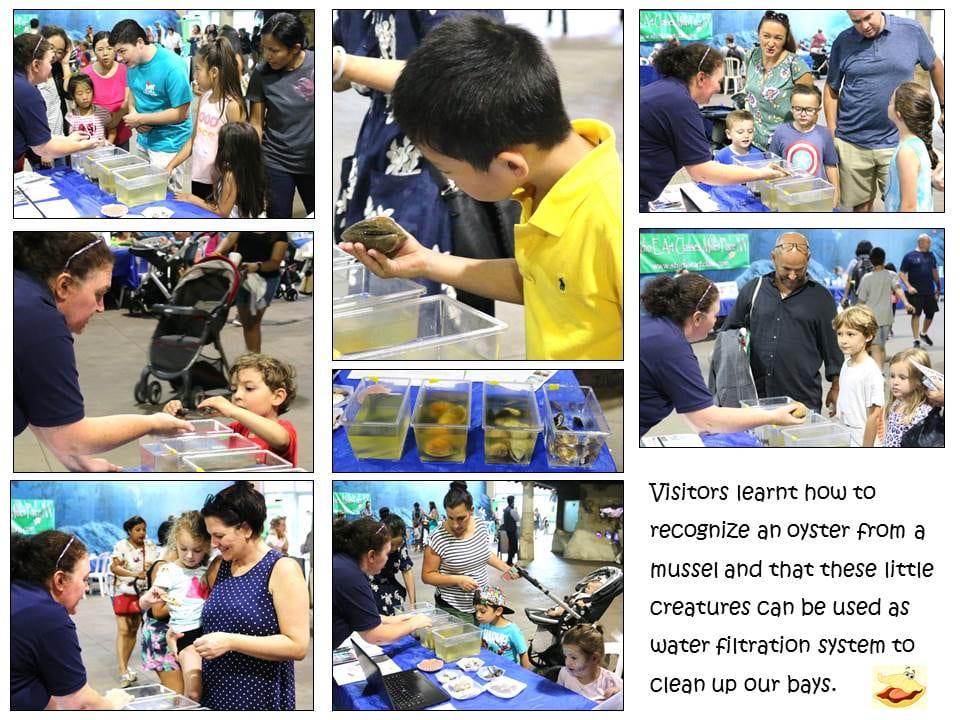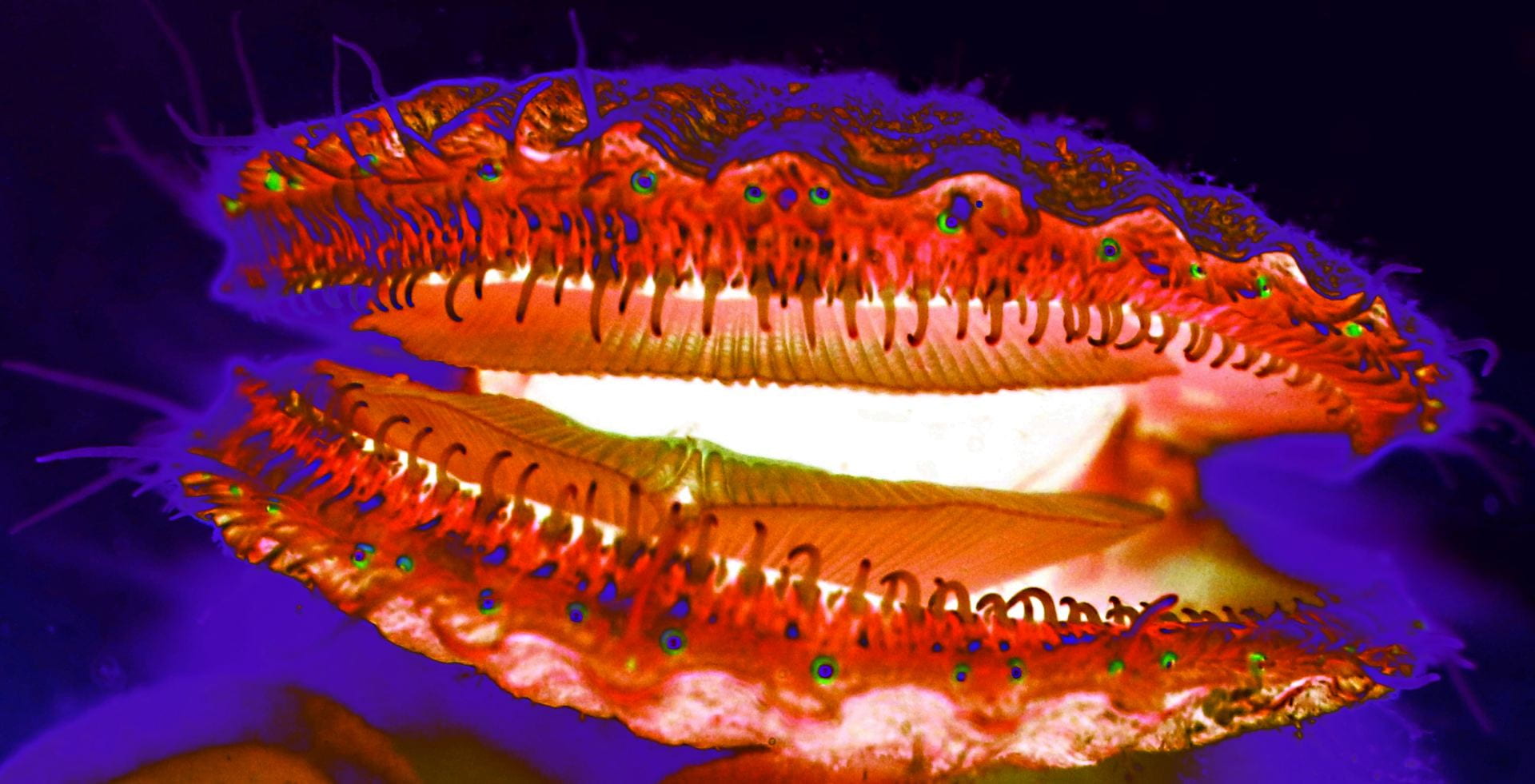Seashells by the Seashore
December 14, 2019 – Seashells by the Seashore
Steve Tettelbach, Cornell Cooperative Extension. Seashells, which are inhabited by the mollusks that make them, display an amazing diversity of form and coloration. See shells from Long Island and from around the world. Learn where mollusks live, what they eat, how they make their shells and how they grow. Do not miss the great opportunity to meet and chat with one of the Bay scallop specialist in the country!

http://ccesuffolk.org/staff/stephen-tettelbach
Which Fish?
What a Bat Saturday!!!
Bat Week Education
October 19, 2019
Maria Brown, Stony Brook University. Bat Week is celebrated around the world from October 24-31, 2019. Meet with a local scientist and attend the Pre-Bat Week Event with information for families on how they can host a “Bat Week” event or make a fun Halloween party with a bat theme! Available for everyone will be the Bat Week Cookbook, Facts about bats, Information on forest-dwelling bats vs. cave-dwelling bats, information on White-nose Syndrome, Information on hosting a bat festival, and more! Come and learn about how to build your own bat houses with plans and hear what a bat call is like!

DENNIS DEMELLO © WCS (https://www.wcs.org/wildcards/posts/happy-bat-week)
Climate Change– Tales from the Ocean!
Live water filtration system
Strange But True: Shellfish Love Sweets Too!
August 17, 2019 – Strange But True: Shellfish Love Sweets Too!
Emmanuelle Pales Espinosa, Stony Brook University. Everybody love sweets so do oysters, clams and mussels. Join us as we meet with a local scientist to learn how these organisms feed but also how they select their food from a complex plankton mix with no eyes, no hands, no nose and no taste buds. Meet us from noon to 3pm on August 17th.







